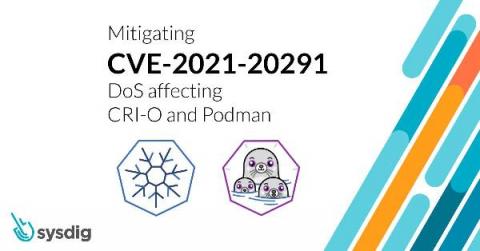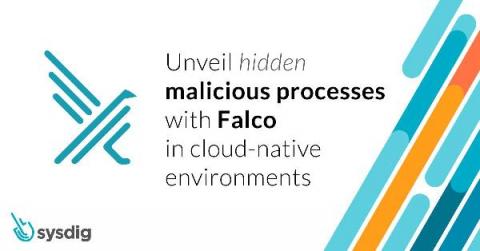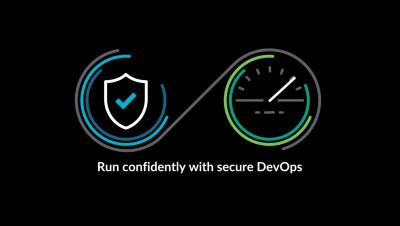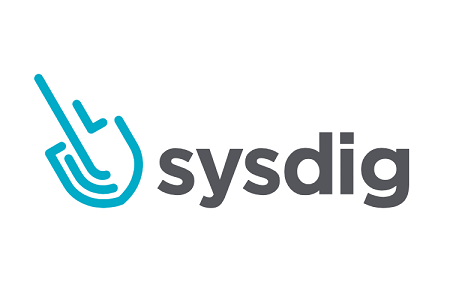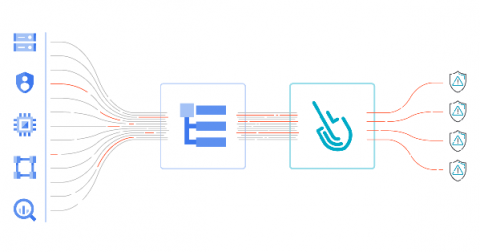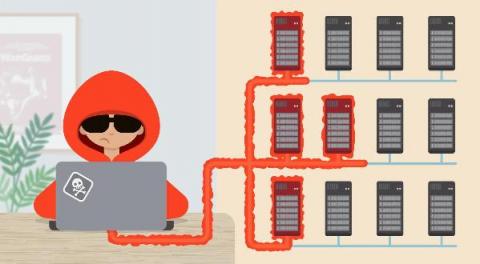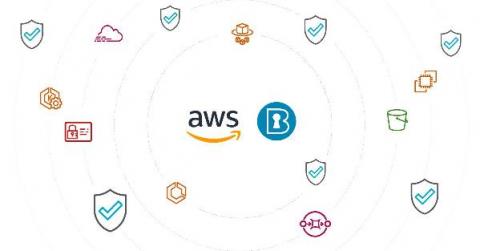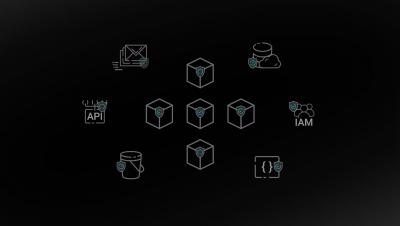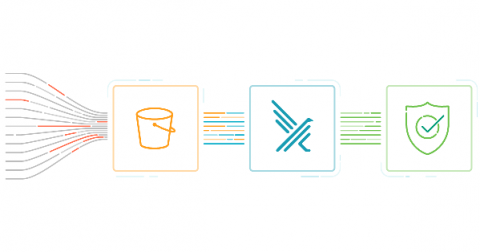Mitigating CVE-2021-20291: DoS affecting CRI-O and Podman
The CVE-2021-20291 medium-level vulnerability has been found in containers/storage Go library, leading to Denial of Service (DoS) when vulnerable container engines pull an injected image from a registry. The container engines affected are: Any containerized infrastructure that relies on these vulnerable container engines are affected as well, including Kubernetes and OpenShift.


